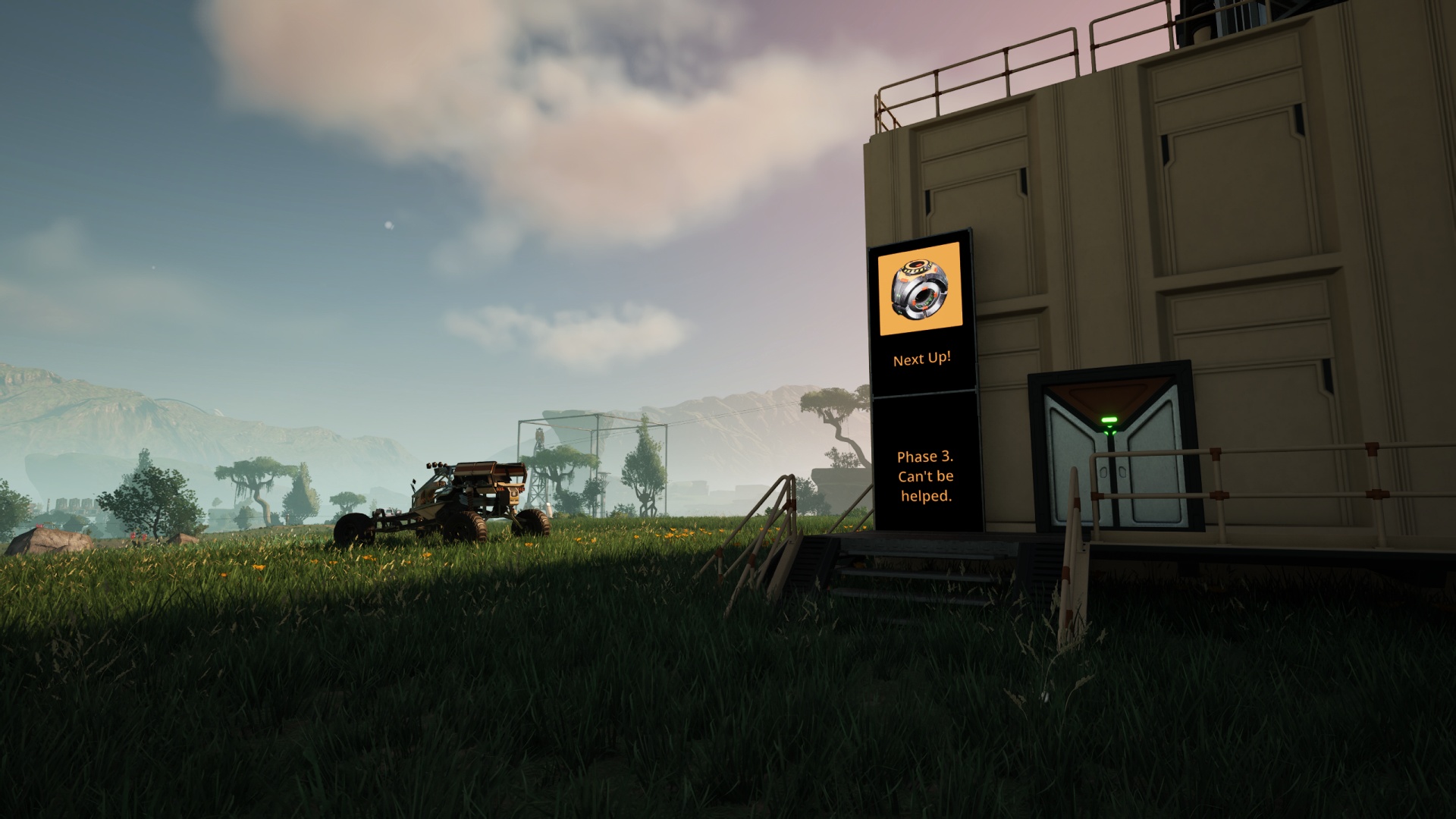Every so often I get the urge to take in a short film at the good old “Omnimax” theater at OMSI. Yes, even with my chronic motion-perception dizziness, I still want to see what it’s like to be completely surrounded by a projected film.
Amazon takes you to South America and introduces the viewer to a huge, diverse region. More specifically, it chronicles the journeys of “medicine men,” one from the ancient traditions and one from the halls of Western science, into the Amazon to learn about the properties of its plant life from the native tribes. Along the way we’re shown some wildlife and trees and flowers and trees and fish and trees and naked natives and, er, trees. Did I mention the trees? The Amazon has lots of ‘em, and we get to fly over them very often. It’s clear, of course, that the rainforest fly-by is all from one particular flight and cuts from it are just being interspersed through the 45-minute film. There must be something about having an IMAX rig at your disposal that makes you want to strap it to an aircraft.
Lest you think I mock this movie, I’d like to point out that it does its job fairly well. What is the job this movie sets out to do? Oddly enough, it’s to show us that both ancient peoples and modern medicine view the Amazon rainforest as a bounty of incalculable value. The movie does this part of its task with surprising grace and style, never once condescending to the viewer or the native peoples it films. Even our high-country medicine man, a prime candidate for inadvertent comedy if ever there was one, is portrayed carefully and casually. He’s just a man on a quest for knowledge, trading what he has for knowledge and medicines that may be of value back home.
The “Discovery Channel” element comes mostly from the Western scientist who is on a rather similar visit, except this questor gives frequent lectures along the way. This guy didn’t bother me too much, but his film time did feel like being in a leafy green lecture hall somehow.
When the film gets bored with the human element, it shows us some wildlife. Pink dolphins, jaguars, lots of monkeys, and various fish appear on our screen. This is one of the major problems with Amazon, unfortunately. Note to IMAX filmmakers: I’m sitting in a domed room staring upward at a 70-some-odd-foot screen that fills my field of vision. DO NOT show me extremely close-up footage, blurry even, of animals that I then must crane my neck around awkwardly to see the whole of! In addition, hold the camera extremely still if you’re going to do extreme close-up shots, since while I’m craning my neck around I’d rather not become intensely nauseous because of your inept filmwork! Oh yes, and the next person who feels it necessary to pan across a hanging bridge and then SPIN THE CAMERA for the purpose of showing me the other end of the bridge WILL BE FLOGGED MERCILESSLY.
Amazon gets full marks for a solid treatment of the major subjects it tries to tackle, those being the medicinal value of the Amazon basin and the odd history of the more-or-less indigenous peoples therein. It doesn’t even waste film time showing us the depredations of modern “progress” as so many other such programs do. They know that if we paid the bucks to see this film then we’ve probably already seen the slash-and-burn footage, thank you.
Sadly, the film loses a number of score points for needless nausea, silly wildlife vignettes and the neverending flight over green trees. (We’ve seen THAT footage too, guys. Several times. In better films.) How many monkeys-in-trees shots did the movie really need? Why was that jaguar growling so much? Why oh why did they have to spin the damned camera while showing us the canopy bridge?
If you have a strong stomach, or you’re really compelled to learn some interesting things about the area that you may not have picked up from years of watching PBS, TLC and The Discovery Channel, head down to OMSI or your local equivalent and catch a showing of Amazon. Otherwise, save your wallet and your tummy some grief.
